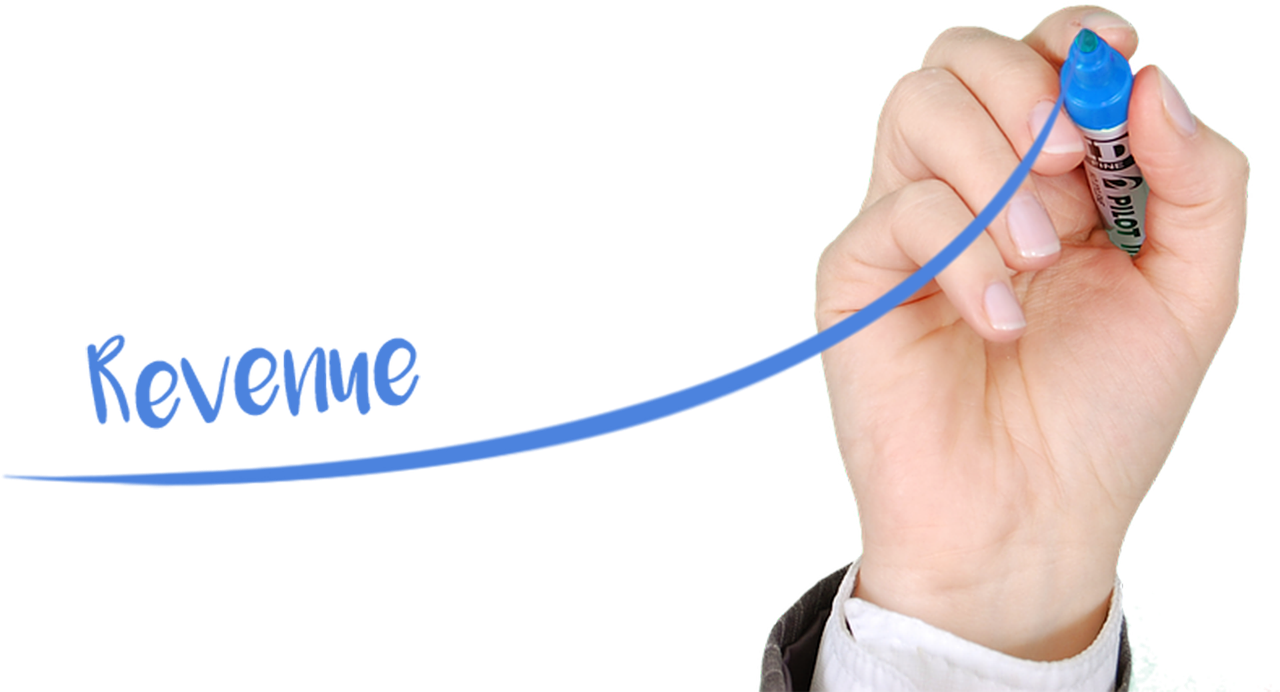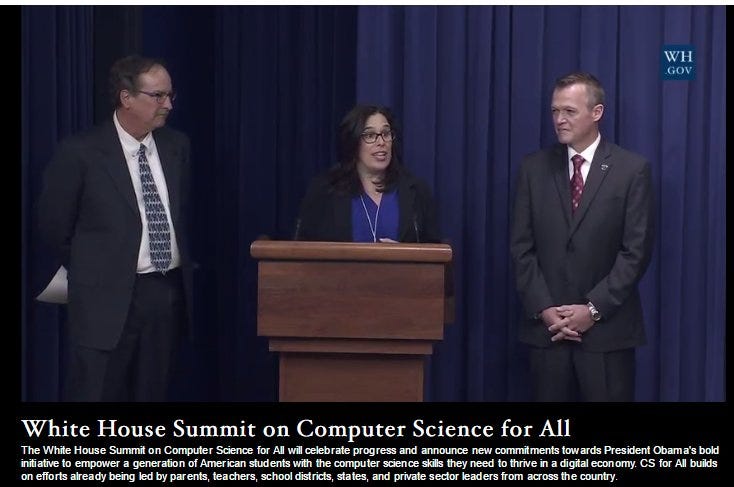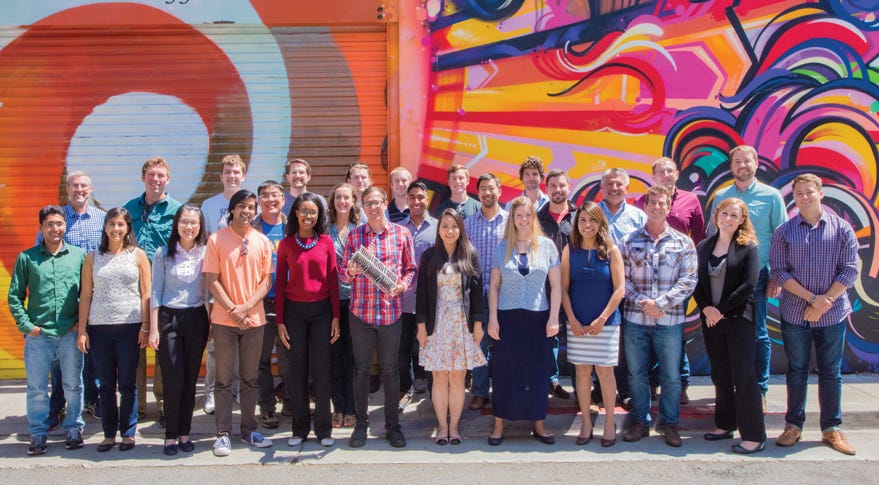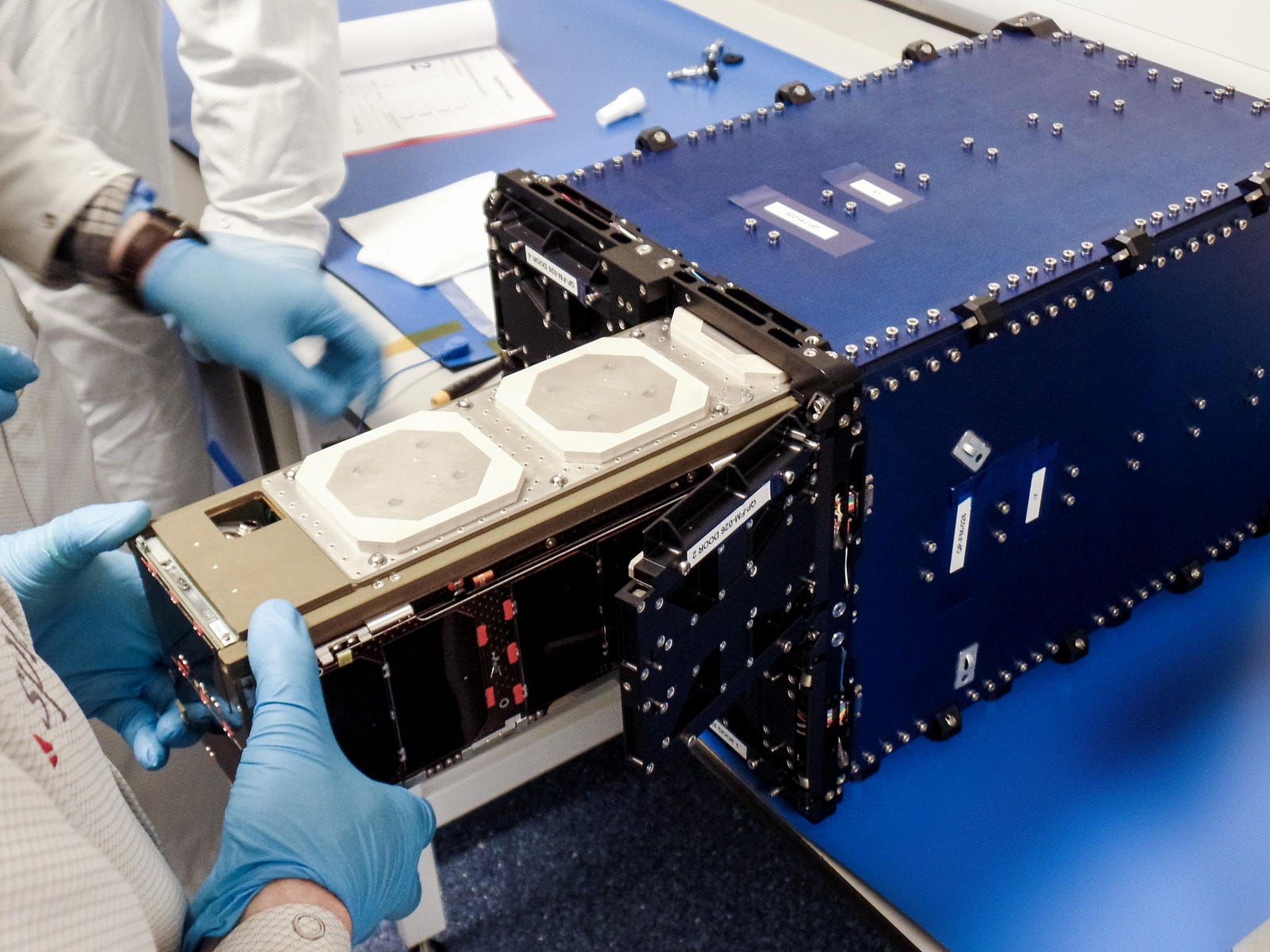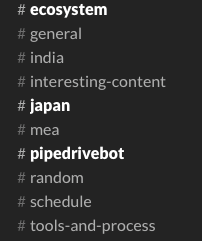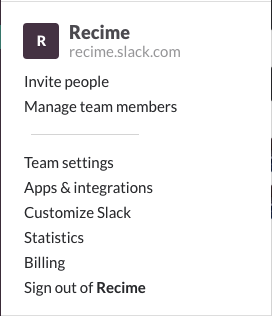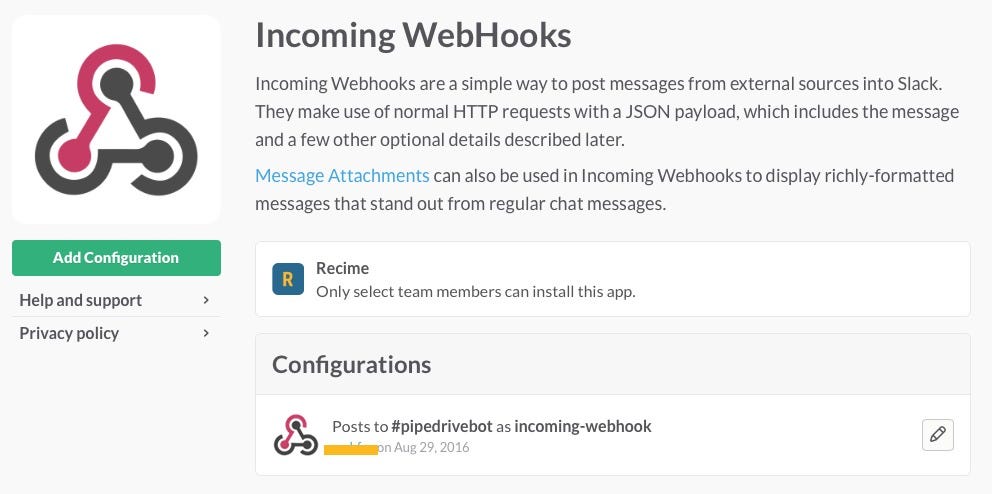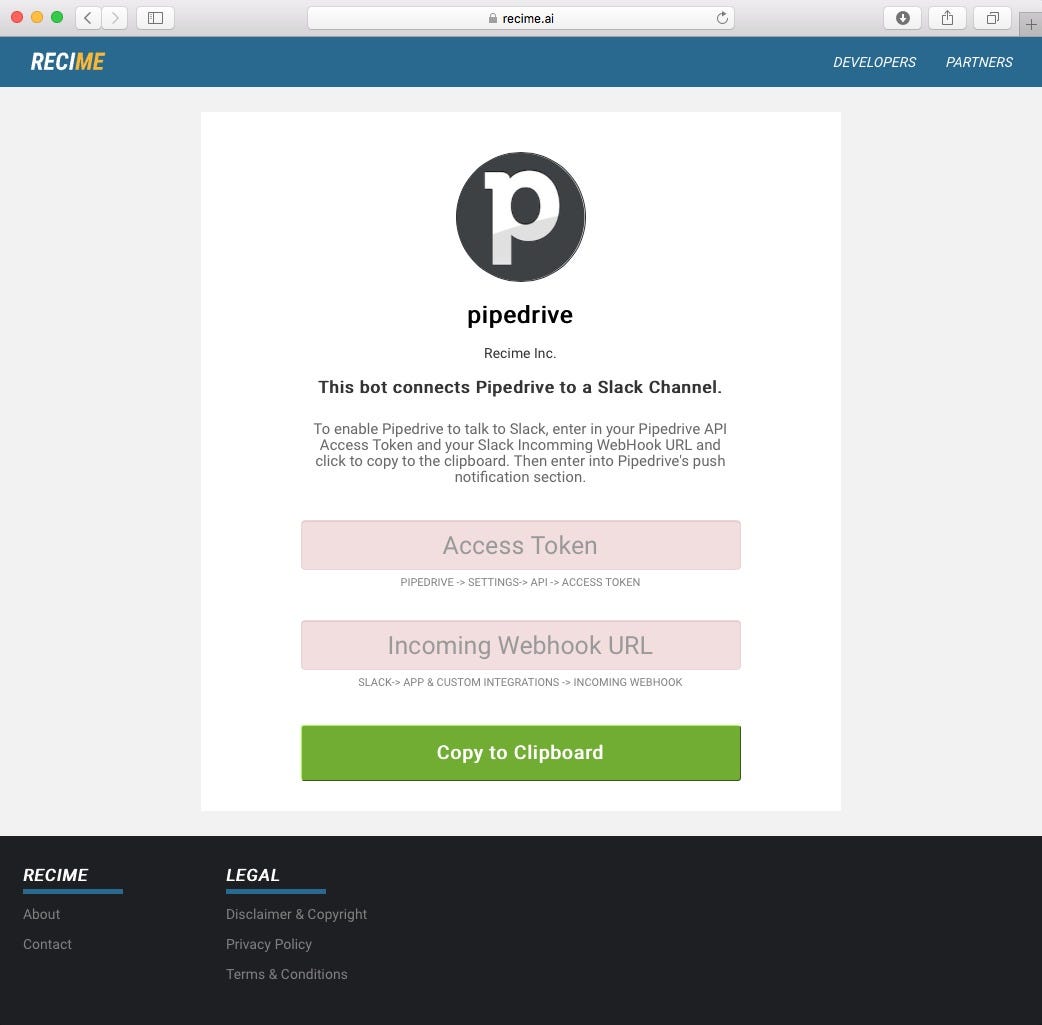Can you tell us some of the things that Silicon Valley Bank did before entering China as part of the preparation and how that preparation made an an impact on what happened after entering the market?
In 2005 we brought a delegation of about 10 top VCs from Sand Hill Road to China (Shanghai and Beijing). Folks like John Doerr from Kleiner Perkins, Don Valentine from Sequoia Capital, Dick Kramlich of NEA and other leaders of the VC community. For most of them, this was their first time in China. They all knew that China was growing and the likely future of technology. SVB set up a week of meetings with entrepreneurs and government officials and other related parties. Our goal was to get these US VCs to set up shop in China so that they would start investing in China and thereby build the ecosystem for us, into which we could lend to startups. It worked.
SVB also rented impressive office space in Xintandi, right in the center of Shanghai. We rented more space than we needed and built out a number of ‘guest’ offices which we offered to our US VC friends to use. That made their exploration and ultimate transition to China much, much easier because they did not have to go and look for office space in a foreign non-English (more so then) city. We made it easy for them to work out of our office, and that allowed us to stay close to them and see what they were beginning to do and explore in China. It helped us develop even closer relationships with them.
Silicon Valley Bank has been using a JV structure in China. What are the key factors that can make or break the results of a JV in China based on your direct experience and what you’ve observed in the market?
Always staff your JV with the most senior person you can from the parent company. In our case the first President of the JV Bank was SVB’s retiring CEO and Chairman, Ken Wilcox. By sending such a high level executive to China, you demonstrate (by action) to your joint venture partner, the regulators and to the government that you are 100% serious about China and that you are prepared to devote your absolute highest, most senior talent to make this JV successful. You also want those senior sponsors to stick around. This is very often the un-doing of JVs because the executive sponsors either get promoted to another part of the company or leave, thereby leaving the new JV bereft of a loving parent. The two key executives who brought our JV together are still around and even sit on our Board.
You need to have senior level backing, but that’s a given. The success of a JV is not determined at the executive suite, but in the trenches. You have to have a strong determined working group that gets things done. But the real success of a JV is defined at the working level. At the beginning of our JV, we would have monthly working committee meetings with our counterparts at SPDB in order to work on specific deals and issues.
Be aware that the two parties in a JV will have very different motivations. Understand what each party wants and then work to achieve that for them and have them do the same for you…even though each parties motivations might be polar opposites. As example, China and the JV bank is extremely important to Silicon Valley Bank from a long term perspective. If we are to remain the main bank globally to the technology/innovation/life science/ clean tech/ VC and PE industries, then we have to be in China. What is important to SPDB is that they can show the government that they formed a JV with this quirky bank from California and were able to stimulate and invigorate lending and financial backing of the Chinese innovation ecosystem. Two very different goals but both achievable so long as both parties understand what is important to the other and work towards these goals.
How did you find your JV partner in the first place, and what sort of due diligence process should foreign companies use when evaluating potential JV partners in China?
I wasn’t involved in the search for the JV partner myself but I spoke to many of my colleagues about the process at length. The story there is that we spoke to a number of Chinese banks, and we were looking for a partner who would be responsive, creative, risk taking, innovative, etc., and we found those qualities in SPDB. It was also chemistry, which is key in any JV. Our CFO connected very well with their CFO, who is now the President of SPDB, so that was very helpful in terms of building the relationship.
We also realized that when we entered a JV with a Chinese bank, we’re really entering it with the government because the government has to approve it and support it. So it was understanding that we needed to work with both the government and SPDB.
What about you personally? You didn’t live in China before and many foreigners who come to China don’t stay very long. What helped you make the transition?
When I first came to China, I was flattered, excited, and also a little bit apprehensive. I came over in late 2012 to meet the JV bank in Shanghai. When I went around the bank and met these individuals who were now all my colleagues, I asked them all the same question, “what brought you to SPD Silicon Valley Bank and why do you like working here?”
They basically all answered the same way, “we like the culture of the bank”. Culture in SVB is very important, and they answered in a way that an employee in our Seattle or Israel or Denver or San Francisco office would have answered. So as soon as they answered that way, I said to myself ‘wow, I know who you are’ because they answered exactly the same way that my other colleagues would from anywhere else in the world. That made me much more comfortable that I was coming into a culture that was very familiar to me because it was an SVB culture.
The other thing to succeed in any overseas environment, especially one as unique as China, is as an individual you have to be curious, like to get out of your comfort zone, like to take risk and that is my individual personal profile. Having said that, I knew by the answers from colleagues that I knew who I would be working with, so that reduced the risk factor dramatically.
On the topic of culture, one of the challenges that foreign companies have in China is finding, recruiting and retaining top talent. Can you talk about these issues?
On the corporate banking side, it’s relationship management and analysts, with an average age of late 20s to early 30s, bi-lingual, with many who finished universities in the US or UK, and then have worked with other international companies. We’ve got a big advantage with them because we are an innovation bank. That is clearly the drum beat in China today. We also have the words ‘Silicon Valley’ in our name, and those two words are very powerful and attract a lot of people.
We actually find that we attract a high calibre of talent because they’re intrigued by our bank. Our retention rate has been very good. In the case of losing people, we’ve lost people to people starting their own business or to join a VC firm. So we don’t lose people to other banks because they like the culture and the sector, but we can lose them to the lure of entrepreneurship or venture capital.
On the operation side, we are about to open our Beijing branch very soon subject to the final regulatory approval, and we had to hire more operations staff. We’ve hired more mature people who have been successful in their careers and see our bank as very intriguing and different. So there’s an appeal there for these more mature people who have worked in traditional banks for 15 years or more, and they’re saying that this is an interesting bank.
One of the things we’re criticized for is we put people through too many interviews. We also have written tests as well. We don’t do psycho-metrics type testing, it’s really based on understanding each individual as a person.
How do you think about the balance between the global culture of a company and the unique specifics of the local China market?
We put a lot of focus on culture. We focus on people who are creative and can enjoy an environment where everyone has a voice. So it’s a very similar culture to what is seen in our other locations. A lot of our employees in China like working for us and so our unique culture helps to differentiate. Of course, we’re very careful not to be arrogant about this and we recognize that we have to localize. We know many foreign companies have failed because they brought in their culture and they haven’t adapted and localized enough. It’s a balance, and that’s why the joint venture works well, because each side brings its DNA together. One thing I look back at now — had we had a local co-head, that may have been helpful to deal with local specifics. So even for us, it’s certainly possible we could have listened more to our local colleagues to understand the local marketplace.
Looking at localization in China, slogans are very popular. You have a new product, you give it a catchy name. You start a new year, and you have a slogan, like the ‘Golden Year’. Those sorts of slogans are important to employees for inspiration. It’s a very simple example but it’s important. We try and do things like sports days, hairy crab dinners, the regular Chinese New Year parties, and all the obvious things. We have social committees made up of Chinese employees who come up with ideas for building the culture.
In our early days, we would also ask the employees to put together skits, mini-plays, to our employees regarding things like ethics and customer relations. These would be funny skits but the underlying theme would be serious. The employees very much liked it. As we’ve scaled, there’s unfortunately not enough time to do it anymore, but it worked well.
Looking at the macro trends, are there specific themes that are particularly exciting?
The hot themes today are artificial intelligence, big data and virtual reality — those are hot everywhere, including China and Silicon Valley. People are noticing that China may be adopting virtual reality faster than other markets. Not just for entertainment and gaming, but also for enterprise applications.
The demographic shift in China is also driving a lot of themes as well. One venture firm is investing in amusement parks in shopping malls. Something we wouldn’t normally see but these are top tier VCs because families are going to shopping malls for entertainment.
In terms of business model, it’s now less about scale and more showing profitability over time. Not necessarily now, but at least the path to a profitable business model.
For the joint venture bank, what kind of company is interesting for you?
The same things that VC investors look for — a great team focusing on a large market with a defensible business, whether through intellectual property or some other unique edge, that can scale quickly. It doesn’t have to be deep technology.
For us, it’s also the quality of the investors and most importantly it’s management, management, management. You can have a great company and it can still fail with poor management. Our old CEO used to say to us that “cashflow doesn’t pay back the loan, people do”.
Most traditional banks are still focused on collateral, not people. What do you do differently?
It’s our focus on building relationships. We spend our time and energy deepening personal relationships.

